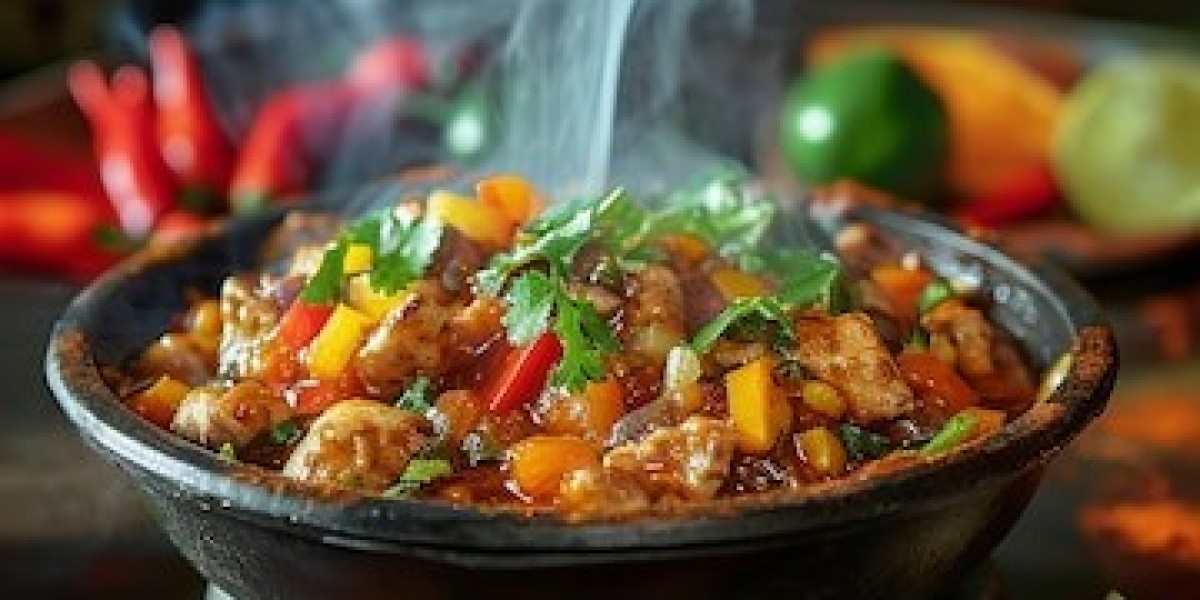Introduction
Mixed achar, also known as mixed pickle, is a popular condiment in South Asian cuisine. This tangy and spicy mixture of assorted fruits and vegetables pickled with various spices and oils is a staple in households across India, Pakistan, Bangladesh, and Nepal. The origins of mixed achar are deeply rooted in the culinary traditions of the Indian subcontinent, reflecting a history of regional flavors, preservation techniques, and cultural exchanges.
national achar, commonly known as pickles, offers a burst of flavor and a tangy punch to meals, while also providing a source of probiotics that promote gut health.
Historical Background
Ancient Preservation Methods
The concept of pickling, or preserving food through fermentation or curing with vinegar, salt, or oil, dates back thousands of years. In ancient India, the need to preserve seasonal fruits and vegetables led to the development of various pickling methods. The hot and humid climate of the region necessitated effective ways to prevent food spoilage, and pickling became an essential technique. Texts from ancient Indian literature, such as the Vedas and the Charaka Samhita, mention pickled foods, indicating the practice's long-standing presence in the region.
Regional Variations
Each region in the Indian subcontinent has its unique style of achar, influenced by local ingredients and tastes. For instance, in the northern states like Punjab and Uttar Pradesh, mixed achar often includes vegetables like carrots, cauliflower, and turnips, along with raw mangoes, all pickled in mustard oil with spices like fenugreek, fennel, and nigella seeds. In the southern states, such as Tamil Nadu and Andhra Pradesh, the use of sesame oil and a different spice blend, including red chili powder and asafoetida, gives the pickles a distinct flavor.
Ingredients and Preparation
Selection of Ingredients
The beauty of mixed achar lies in its versatility. Common ingredients include:
- Vegetables: Carrots, cauliflower, turnips, green beans, and radishes.
- Fruits: Raw mangoes, lemons, and sometimes, green chilies.
- Spices: Mustard seeds, fenugreek seeds, fennel seeds, nigella seeds, turmeric, and red chili powder.
- Oils and Preservatives: Mustard oil is most commonly used due to its pungent flavor and preservative qualities, although sesame oil and other vegetable oils are also utilized.
Preparation Techniques
The preparation of mixed achar involves several steps:
- Cleaning and Drying: Fresh vegetables and fruits are thoroughly washed and dried to remove any moisture, which can lead to spoilage.
- Chopping and Marinating: The ingredients are cut into uniform pieces and marinated with salt and turmeric, which act as initial preservatives.
- Spice Mixing: A blend of roasted and ground spices is prepared.
- Oil Heating: Mustard oil is heated to its smoking point to reduce its pungency and then cooled before adding to the mixture.
- Mixing and Storing: The marinated vegetables and fruits are mixed with the spice blend and oil. The mixture is then stored in airtight containers and left to mature over several days or weeks, allowing the flavors to develop fully.
Note: mix achar recipe offers a burst of flavors with its diverse blend of spices, enhancing the taste of any meal. Its versatility complements various dishes while providing a tangy and satisfying kick to the palate.
Cultural Significance
Culinary Heritage
Mixed achar is more than just a condiment; it is an integral part of the culinary heritage of the Indian subcontinent. It complements a variety of dishes, from simple rice and dal to elaborate thalis. The burst of flavors it provides is a testament to the region's rich tradition of using spices and innovative cooking techniques.
Social and Familial Ties
The preparation of mixed achar is often a communal activity, bringing families and communities together. Recipes are handed down through generations, with each family adding its unique touch. The process of making achar, particularly during harvest seasons, fosters a sense of togetherness and cultural continuity.
Global Influence
With the South Asian diaspora spreading across the globe, mixed achar has found a place in international kitchens. Its popularity has transcended borders, making it a beloved condiment in many parts of the world. This global spread has also led to variations and adaptations, incorporating local ingredients and tastes, further enriching the tradition of mixed achar.
Mass Production
In recent decades, the production of mixed achar has transitioned from a predominantly home-based activity to a significant commercial industry. Food companies in India and abroad have tapped into the growing demand for traditional flavors among the South Asian diaspora and beyond. Brands like Mother's Recipe, Priya, and Patak's have become household names, offering a variety of pickles that adhere to traditional recipes while ensuring quality and consistency.
Export Markets
The global reach of mixed achar is a testament to its widespread appeal. Export markets in North America, Europe, and the Middle East have embraced this tangy delight, with ethnic grocery stores and mainstream supermarkets stocking various brands and flavors. The export of mixed achar has also led to its introduction in culinary scenes worldwide, where chefs and food enthusiasts incorporate it into fusion dishes, blending it with local cuisines.
Conclusion
The origin of mixed achar is a reflection of the Indian subcontinent's rich culinary history and cultural diversity. From ancient preservation techniques to regional variations and global influences, mixed achar embodies the essence of traditional and contemporary South Asian cuisine. Its enduring popularity is a testament to its versatility, flavor, and the deep-rooted cultural significance it holds in the hearts and homes of people around the world.








